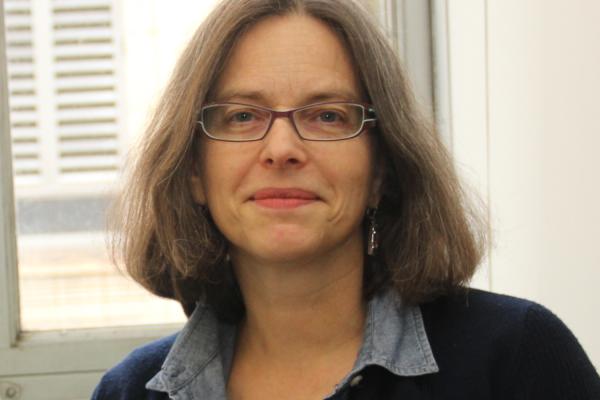
TDAI hosts Professor Dannie Durand for a lecture titled "Simulating Domain Architecture Evolution" featuring her work as a computational biologist with a focus on gene evolution.
Description of talk: Simulation is an essential technique for generating biomolecular data with a ``known'' history for use in validating phylogenetic inference and other evolutionary methods. On longer time scales, simulation supports investigations of equilibrium behavior and provides a formal framework for testing competing evolutionary hypotheses. Twenty years of molecular evolution research have produced a rich repertoire of simulation methods. However, current models do not capture the stringent constraints acting on the domain insertions, duplications, and deletions by which multidomain architectures evolve. Although these processes have the potential to generate any combination of domains, only a tiny fraction of possible domain combinations are observed in nature. Modeling these stringent constraints on} domain order and co-occurrence is a fundamental challenge in domain architecture simulation that does not arise with sequence and gene family simulation.
Here we introduce a stochastic model of domain architecture evolution to simulate evolutionary trajectories that reflect the constraints on domain order and co-occurrence observed in nature. This framework is implemented in a novel domain architecture simulator, DomArchov, using the Metropolis Hastings algorithm with data-driven transition probabilities. The use of a data-driven event module enables quick and easy redeployment of the simulator for use in different taxonomic and protein function contexts. Using empirical evaluation with metazoan datasets, we demonstrate that domain architectures simulated by DomArchov recapitulate properties of genuine domain architectures that reflect the constraints on domain order and adjacency seen in nature. This work expands the realm of evolutionary processes that are amenable to simulation.
Please contact us at tdai@osu.edu if you are interested in attending the event virtually.
